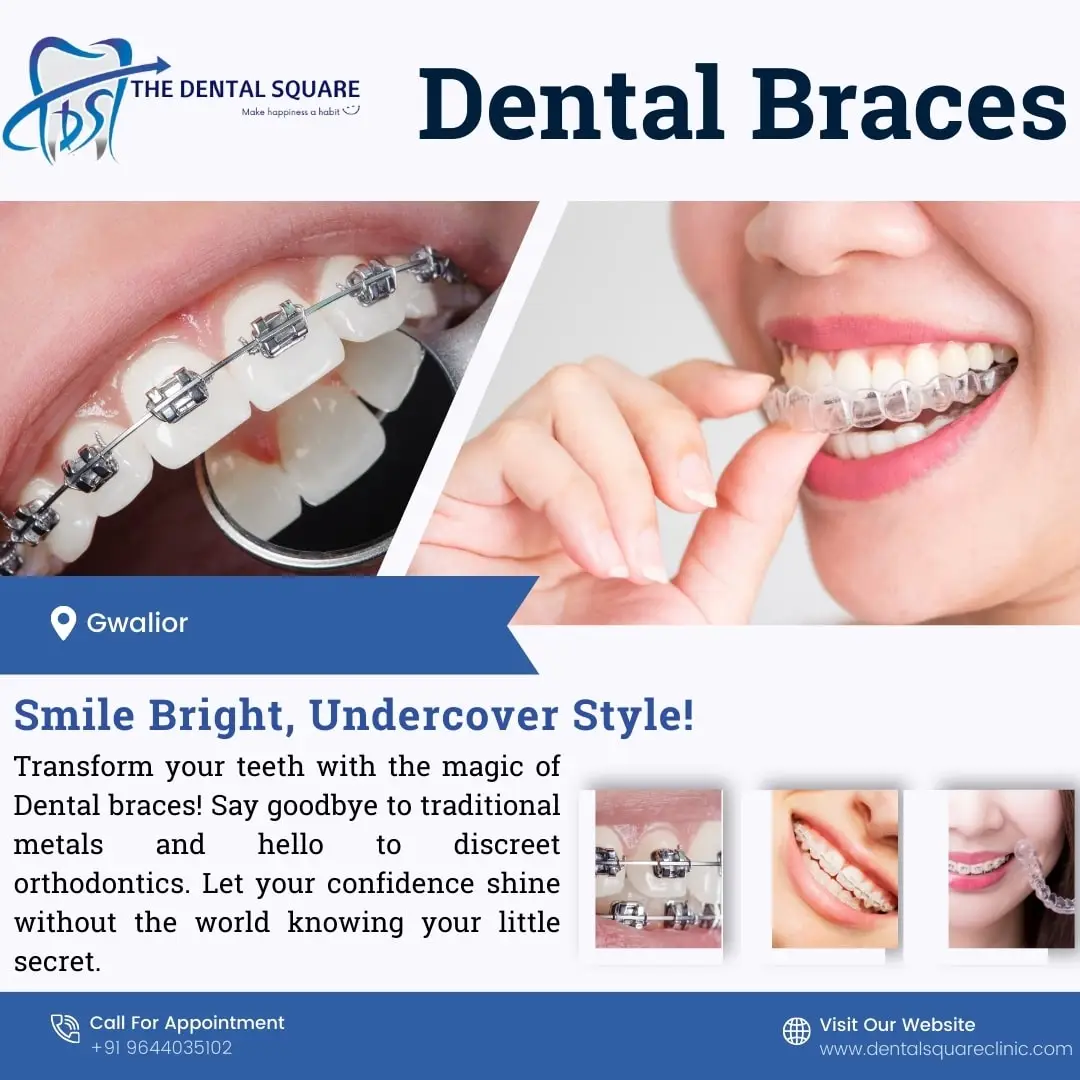
Dental braces, a cornerstone of orthodontic treatment, have transformed millions of smiles worldwide. Once predominantly a rite of passage for teenagers, braces have increasingly become popular among adults seeking to correct dental misalignments that may have been overlooked or untreated in youth. This comprehensive guide delves into the purpose, types, benefits, and considerations associated with dental braces, illuminating how they contribute to not just aesthetic enhancements but also to significant oral health improvements.
Understanding Dental Braces
Dental braces are devices used by orthodontists to correct irregularities of the teeth and jaw, including overcrowding, misalignments, and bite discrepancies. By applying continuous pressure over a period, braces gradually realign the teeth in the desired position, enhancing both function and appearance.
Types of Dental Braces
The evolution of dental technology has introduced various types of braces, catering to different needs, preferences, and budgets:
- Traditional Metal Braces: The most common type, known for their durability and effectiveness. They consist of metal brackets attached to each tooth, connected by a thin wire, which the orthodontist periodically adjusts.
- Ceramic Braces: Similar in design to metal braces but made of transparent or tooth-colored ceramic material, making them less noticeable.
- Lingual Braces: Custom-made braces attached to the back of the teeth, hidden from view. While aesthetically appealing, they can be more challenging to clean and might not be suitable for all types of corrections.
- Invisalign®: A modern alternative to traditional braces, Invisalign consists of a series of custom-made, clear plastic aligners that are virtually invisible. The aligners are removable, making eating and oral hygiene easier than with fixed braces.
The Benefits of Dental Braces
The benefits of dental braces extend far beyond the obvious aesthetic improvements, including:
- Improved Oral Health: Correctly aligned teeth are easier to clean, reducing the risk of decay, gum disease, and tooth loss.
- Enhanced Function: Braces help correct bite issues, improving chewing efficiency and reducing wear on teeth.
- Prevention of Jaw Problems: Misaligned teeth can lead to strain on the jaw muscles and joints, potentially causing TMJ disorders. Braces can help prevent these conditions.
- Boosted Self-Esteem: A straight, well-aligned smile can significantly enhance one’s confidence and self-image.
Considerations and Care
While braces offer numerous benefits, there are considerations to keep in mind:
- Treatment Duration: Depending on the complexity of the case, treatment can last from 18 months to several years.
- Maintenance: Good oral hygiene is crucial during treatment. Braces require meticulous cleaning to prevent plaque buildup and tooth decay.
- Dietary Adjustments: Wearers may need to avoid certain hard, sticky, or chewy foods that can damage braces.
- Cost: The cost of braces varies widely depending on the type of braces, the severity of the misalignment, and the treatment duration.
Dental braces are a powerful tool in orthodontic treatment, offering a pathway to improved oral health and a more confident smile. With advancements in dental technology, patients now have multiple options to choose from, each offering a blend of effectiveness and convenience. If you’re considering braces for yourself or a loved one, consult with an experienced orthodontist to discuss the most suitable option based on your specific needs and lifestyle. Remember, the journey to a perfect smile requires patience and commitment, but the results can be life-changing.




